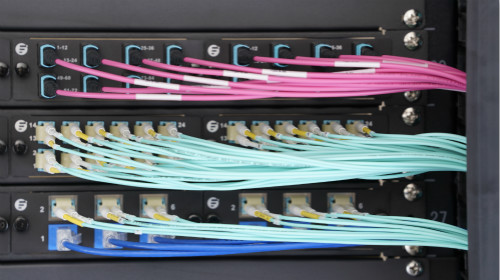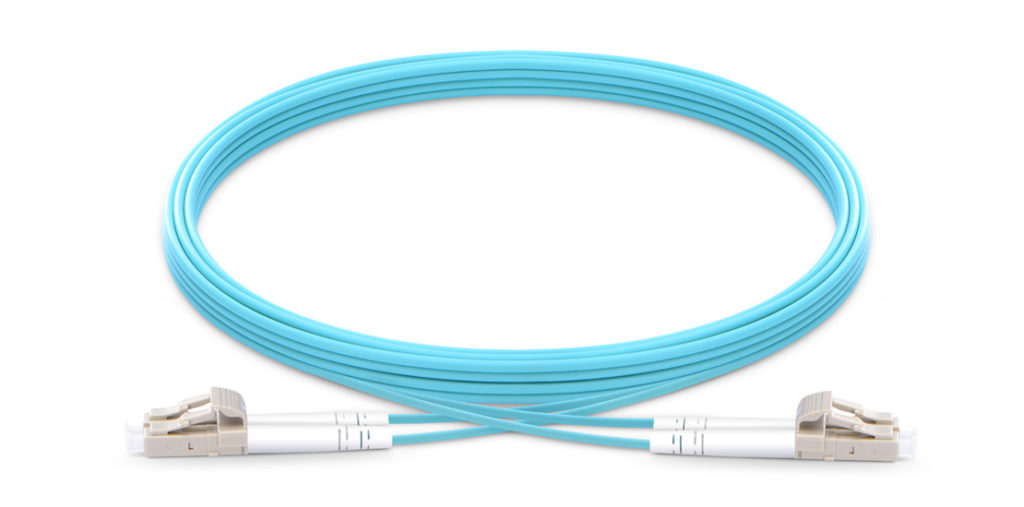Today, a good network will not run well without an efficient cable management. In data center, dealing with a variety of unorganized and disordered cables or wires is conducive to network operation. Patch panel, as a crucial element of an interconnected network cabling, plays an important role in the administration of the telecommunications network. But do you know what is a patch panel used for?
Brief Introduction of Patch Panel
Patch panel, also named as jack field, is a passive device with a number of ports that usually of the same type. It is a network part that commonly used in computer networking, recording studios, radio and television. A patch panel can be mounted in a network rack, lying above or below the network switch. Classified by the number of ports, there are 12-port patch panel, 24-port patch panel and 48-port patch panel.
What is a Patch Panel Used for?
A patch panel acts as a connector in network, which indicates that if anything goes wrong with it, the entire system may fail. It is absolutely the way that can transfer lines from one place to another successfully. It does provide several uses for network running.
- Used for Managing Cables Easily
A variety of cables can be connected to one patch panel, which can reduce cable congestion. In addition, the patch panel can use a label such as location and desktop number for identification. For example, users can easily find the fault that may exist in the switch or in the cable through the labels when they encounter a connection error. Besides, using a patch panel allows users to change the configuration of the network or cabling to introduce more devices without having to rearrange the equipment or re-run. This will do helpful for protecting the equipment. Thus patch panel can create a cleaner and more organized way for cable management.
- Used for Saving Space
Patch panel contains many ports, so users can save much valuable rack space by using a high-density patch panel. This is particularly useful in data center. And in another aspect, it can help to reduce network cost.
- Used for Increasing Working Efficiency
Using a patch panel can help users connect and disconnect network to homes without going into actual location, which can greatly improve efficiency and work flow.
Fiber or Copper Patch Panel?
Patch panel can be applied in fiber and copper cabling systems. The main purpose of it is managing fiber optic cables. It is generally believed that fiber patch panel deserves a higher price than the copper one.
In terms of structure, for copper patch panel, each pair of cables has an independent port while the fiber one needs two for one pair of wires. This is because one port of fiber patch panel is used as the transmitting end while the other one acts as the receiving end. Although there is a slight difference, the two types both functioned as a terminate unit, offering an organized and efficient way for cable management.
Conclusion
Patch panel is a good solution for cable management. From the above, we know the answer of the question what is a patch panel used for. There is no doubt that the device is an essential component in cabling network due to its uses. It’s a great addition in getting a better network. FS.COM, who is always committed to creating a better telecommunication solution, offers many kinds of patch panel with good performance.

